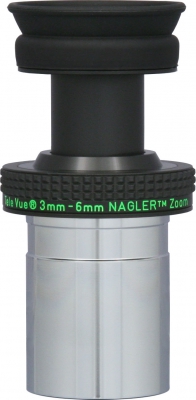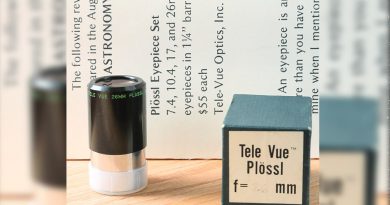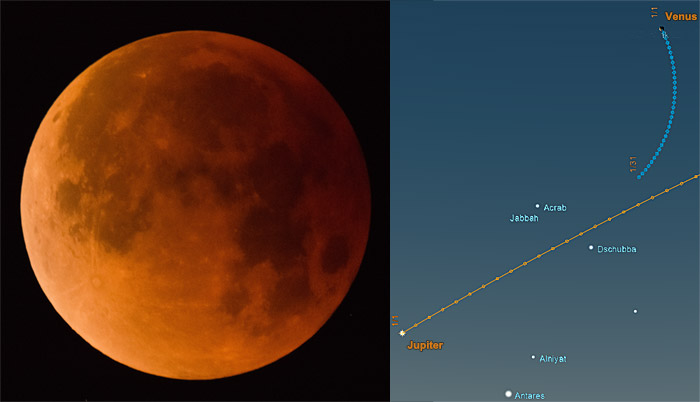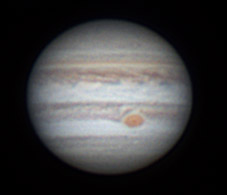Neptune Opposition: Sept. 5, 2017

Tonight Neptune rises opposite the sun and is closest to earth. Being in the sky all-night, and at it’s brightest, presents a good opportunity to sight this rarely-seen telescopic planet. Unlike the other planets, you’ll have to crank-up the power to make sure you’ve really found it. Even at 100x it just looks like a magnitude 7.8 star. So don’t expect to see a Voyager 2 quality image through your eyepiece.

With the Nagler 3-6mm Planetary Zoom you won’t have to switch eyepieces to ferret out Neptune from the field stars. Just find the field containing the planet, center on your best suspect, and twist the black barrel to zoom in. If you hit it right you’ll be rewarded with the sight of a planetary disk. Depending scope aperture, you can see the blue hue of the planet and with an 8″ or larger the giant moon Triton. Use the S&T Triton Tracker to help locate that.
As this opposition happens on the anniversary month of Neptune’s discovery — 171-years ago — its a good time to reflect on how that came about. I often think it’s too bad that Galileo didn’t have a nice zoom when he was the first person to observe Neptune — way back in December of 1612 — with his scope. He noted that it changed position relative to the fixed stars, but his best scope was only good for 30x and could not show the disk of the planet. At the time he was too enthralled in studying the motion of Jupiter’s moons to further investigate the object.
Others also ran into Neptune along the ecliptic, but didn’t discern its true nature either. In fact, Neptune’s existence to astronomers would have to await the discovery of Uranus first. After some decades of observation, it became apparent that the orbit of Uranus was being influenced by another body. French mathematician Urbain Le Verrier predicted the location of an unknown planet to account for these discrepancies. On September 23, 1846 astronomer Johann Galle (Berlin observatory) received Le Verrier’s prediction in the mail and Neptune was “discovered” and verified within a degree of the position that very night.
- Nagler 3-6mm Planetary Zoom (mobile version)





